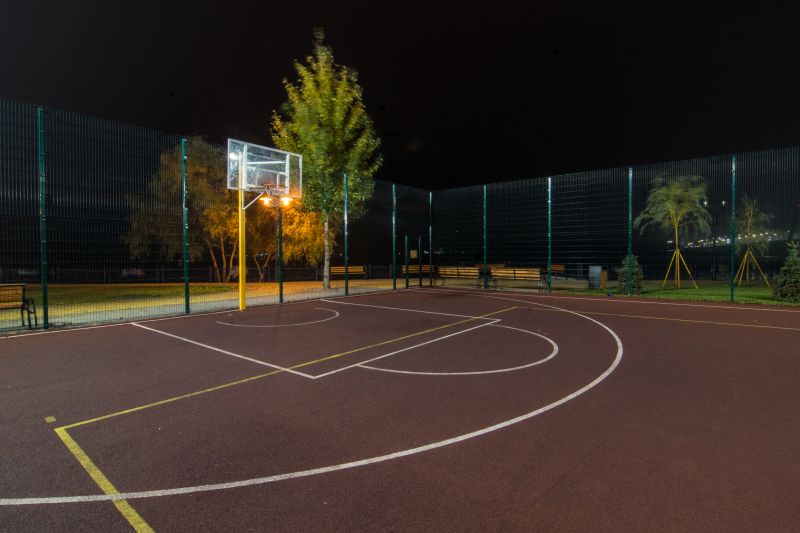Theme Park Paving | How To
How to Do Theme Park Paving
Introduction
Theme park paving involves creating attractive and durable pathways within a theme park to ensure smooth and safe navigation for visitors. In this article, we will guide you through the step-by-step process of theme park paving.
Materials and Tools
- Paving stones or bricks
- Sand
- Gravel
- Shovel
- Trowel
- Mallet
- Level
- Measuring tape
- String
- Safety gear (gloves, goggles, etc.)
Step 1: Planning
Before starting the paving process, carefully plan the layout of the pathways in your theme park. Consider the flow of foot traffic, accessibility, and aesthetic appeal. Mark the desired path using string and stakes.
Step 2: Excavation
Use a shovel to excavate the marked area to a depth of at least 6 inches. Remove any rocks, roots, or debris from the site. Ensure the excavation is level and compact the soil.
Step 3: Base Preparation
Spread a layer of gravel evenly over the excavated area. Use a rake to level the gravel and create a firm base for the paving stones.
Step 4: Sand Bedding
Pour a layer of sand over the gravel base. Use a rake to spread the sand evenly and create a smooth surface for the paving stones.
Step 5: Paving
Start laying the paving stones or bricks from one end of the pathway. Place each stone tightly against the previous one, using a mallet to ensure they are level and secure. Use a trowel to add or remove sand as needed for proper alignment.
Step 6: Finishing
Once all the paving stones are in place, use a level to check for any unevenness. Adjust the stones as necessary. Sweep sand over the paved area to fill the gaps between the stones and provide stability.
Step 7: Maintenance
Regularly inspect the paved pathways for any damage or shifting. Replace or reposition any loose or damaged stones. Sweep or hose down the pathways to keep them clean and free of debris.
Conclusion
By following these steps, you can successfully pave pathways in your theme park, enhancing the overall experience for visitors. Remember to prioritize safety and aesthetic appeal throughout the process.
References
[Insert any references or sources used for this article]





























